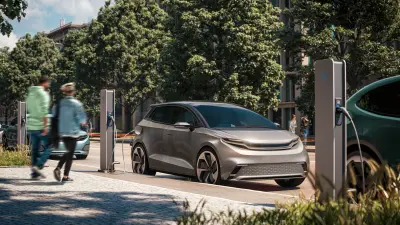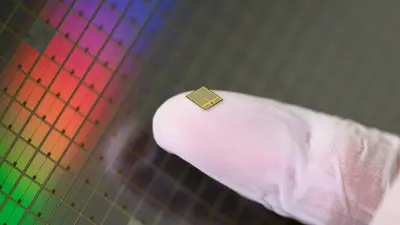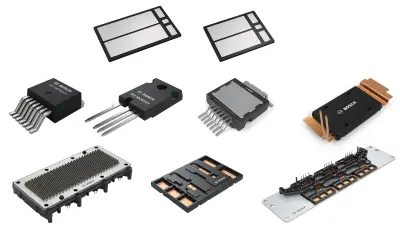At the heart of electric vehicles: silicon carbide semiconductors in automotive applications
Paving the way for industry-wide improvements in EV performance with silicon carbide

As the global transition to electric vehicles (EVs) accelerates, innovations in power electronics are becoming crucial to the EV industry’s success. A major driving force behind this transformation is the growing adoption of silicon carbide semiconductors in automotive applications. Known for its superior properties, silicon carbide (SiC) is rapidly gaining traction as a key material in power electronics, outshining traditional silicon in various areas. From inverters to onboard chargers, SiC-based semiconductors are optimizing performance and enhancing driving ranges across electric vehicles. Silicon carbide is becoming indispensable in the automotive industry, with more components leveraging its unique properties.
Where is silicon carbide used in electric vehicles?
The main benefits of silicon carbide semiconductors in automotive applications vary depending on which components the chips are used in. In electric vehicles, SiC primarily enhances power electronics, especially the inverter, the DC/DC converter, and the on-board charger. SiC-based inverters offer higher power efficiency and improved performance. With their capability for high switching speeds and reduced energy losses, they are especially impactful in performance EVs, which often offer 800V battery systems. Thanks to reduced power losses SiC-based inverters generate less heat, which simplifies cooling requirements and allows more compact designs.

Silicon carbide is also used for DC/DC converters and onboard chargers, both of which are essential for efficient energy management in electric vehicles. SiC technology enables these components to be smaller, lighter, and more efficient than traditional silicon-based counterparts.
One of SiC’s key advantages is its ability to operate at higher switching frequencies. This not only improves energy efficiency but also contributes to better thermal stability, allowing the converters and chargers to function reliably under intense operating conditions. For OEMs, this means increased design flexibility, as SiC-based components free up space and reduce weight, enabling a more streamlined vehicle design without compromising on power. By lowering power losses and boosting energy conversion efficiency, SiC can also help extend the vehicle’s driving range – a critical factor for EV adoption.

The range of SiC applications is expanding
SiC has become a vital component in high-performance EVs, and its applications are quickly expanding to other parts of the EV ecosystem. With its high-power density and heat tolerance, silicon carbide is well-suited for electric mobility applications beyond inverters and converters. As the EV industry continues to mature, SiC is expected to see broader applications in various vehicle components, supporting for instance thermal management systems or advanced battery solutions. Its durability and thermal resistance make it ideal for use in harsher environments, ensuring reliable performance over extended periods.

The importance of silicon carbide in the EV industry is undeniable. With its ability to increase power efficiency, extend driving ranges, and support compact designs, SiC technology is transforming the way we approach electric mobility. As production scales and costs decline, the use of SiC semiconductors in automotive applications will become more and more common, helping to make EVs more efficient, reliable, and accessible to a broader market.


